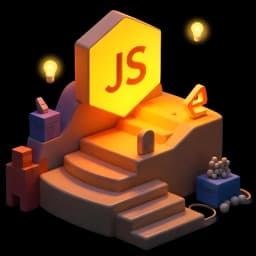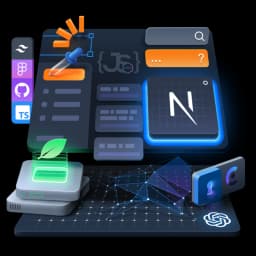Access to all courses
Pricing and Marketing for Early-Stage SaaS
The rest of this lesson is waiting.
Join JS Mastery Pro to unlock it.





Get Full Access
$149 /month
Lock in a year & save—2 months free!
Quizzes, mini-challenges, AI summaries, inline sandboxes
Participation in a private community
Build real production-grade apps
Mock interviews & project reviews
Weekly live sessions & member-only access